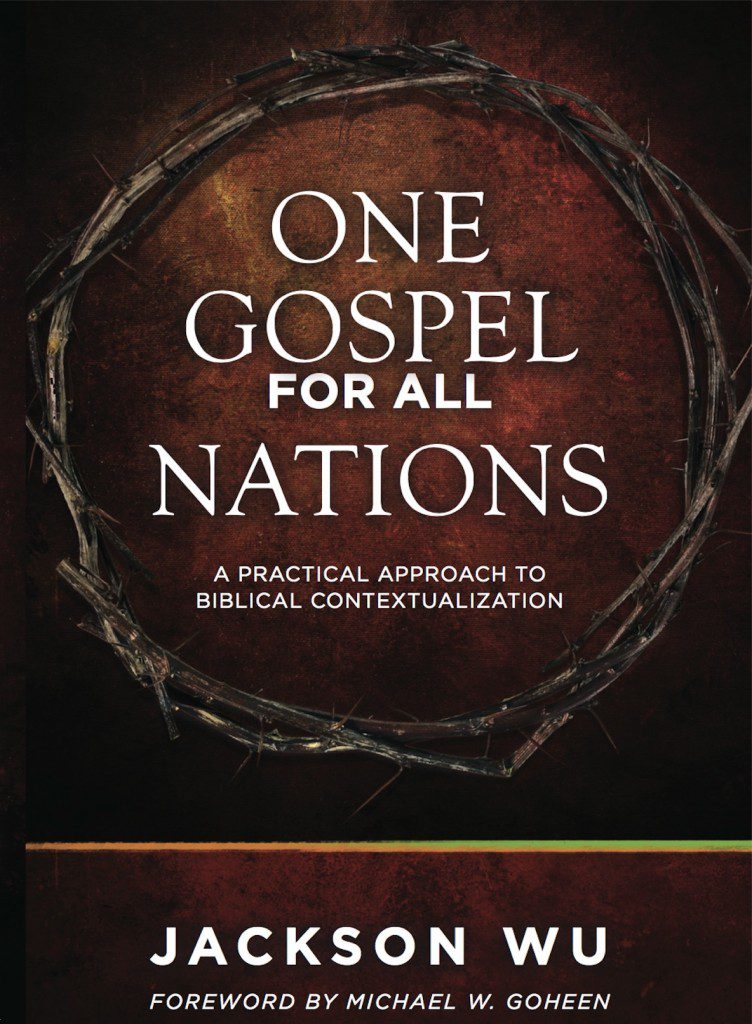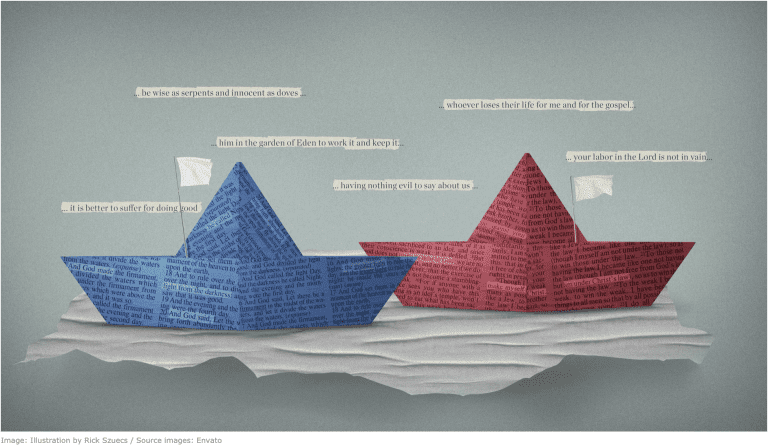Over the coming weeks, I will introduce a number of thoughts and concerns that go into my recent book One Gospel for All Nations: A Practical Approach to Biblical Contextualization. [TWEET THIS]
This post will give a sweeping overview of the book’s main objectives.
Evangelical discussions about contextualization have largely focused on general principles concerning the relationship between the Bible and culture. While this has been important, we need more.
Getting Practical
After a lot of reading, I grew frustrated for two reasons.
First, people repeatedly reduce contextualization to a mere act of communication or application. Interpretation is rarely factored into the contextualization process. As I show in my first book, Saving God’s Face, if we “assume the gospel,” genuine contextualization becomes nearly impossible. In fact, the entire book attempted to demonstrate what happens when we have a more robust view of contextualization.
Second, there is very little in print that helps people know precisely the practical steps to take in order to do contextualization. Ok, even if we could agree on broad principles, what do we do in practice?? I wrote One Gospel for All Nations in order to address this second problem.
In this book, I propose a practical model of doing contextualization that can be applied in any context. Yes, I know. That’s a big claim. Let me be clear. What am I not saying?
I’m not saying . . .
Contextualization can be reduced a quick and easy formula.
There is a one size-fits-all method to preaching the gospel
Contextualization is a one-person task.
One Gospel for All Nations certainly doesn’t answer every question about contextualization methodology; however, I hope it will move the conversation to a far more practical level.
Bible and Culture
In addition, I pray One Gospel will spur greater interaction between the fields of missiology and theology. It was written for two communities that don’t always read the same books –– missionaries and theologians.
Missionaries need to reflect on ways that Scripture shapes the message and methods. Theologians need to consider how a person’s cultural lens subtly shapes one’s exegesis and theology. It is impossible for our cultural lens not to affect our reading of Scripture.
The title captures the tension felt by many evangelicals. We can agree there is only one gospel. Yet, we see the biblical writers communicate the gospel in manifold ways. Not surprisingly, this has spurred much debate in recent years about what exactly counts as the “gospel.”
If we can’t agree on the gospel, then how can we contextualize it?
Presenting the gospel requires we use words. This means using verbiage and metaphors that reflect a particular worldview. If so, it would seem nearly impossible to present ONE gospel for ALL nations. After all, it would seem to some changing our language and emphasis could invariably create a different “gospel.”
How do we deal with these tensions?
Beyond Principles
In order to contextualize the gospel, we need a model that is both firm and flexible amid fluctuating cultures.
 I had a significant breakthrough a few years back when studying the ways that Scripture explicitly talks about the gospel. I observed that biblical writers, when describing the gospel, use two types of themes–– those that frame and those that explain the gospel.
I had a significant breakthrough a few years back when studying the ways that Scripture explicitly talks about the gospel. I observed that biblical writers, when describing the gospel, use two types of themes–– those that frame and those that explain the gospel.
My book identifies three “framework” themes. Without exception, one finds at least one of those three themes wherever explicit reference is made to the gospel and evangelizing.
They include creation, covenant, and kingdom.
For those who have read a lot of biblical theology, it’s not surprising to find that these themes consistently frame the gospel. I urge people reading this blog not to assume you know I mean by those three terms. Each term conveys a set of ideas.
What are “explanation themes”? These include those motifs, images, and metaphors that explain the significance of the gospel. One could mention justification, redemption, adoption, Temple-language, sacrifice, exodus-imagery, among many others.
We can understand their meaning and inter-relationships by interpreting theme in light of the framework themes. We cannot simply appeal to our denominational or cultural assumptions when discerning the importance of one biblical idea compared to another.
To give an analogy, framework themes like the hardware to a computer. Explanatory themes are like the software. They need each other but serve different functions.
Firm AND Flexible
It is critical to distinguish these two kinds of themes. They account for both the firmness and flexibility of the gospel. They enable us to sufficiently address cultures, which are in constant flux.
What happens when we don’t identify and understand these “framework themes” and “explanation themes”?
Inevitably, we will tend to arbitrarily choose our favorite biblical ideas and stress those above all others. We will appeal to tradition or a narrow set of texts to support our point. Likewise, we will develop a systemized theology centering on our select doctrines.
In the process, however, we will slowly lose the biblical story as a whole. In addition, we will hinder church unity and cross cultural missions. This is because people will start to confuse what is true/false with what is primary/secondary. In addition, people will preach the gospel in a way that is easily understood in their home culture yet make little sense in other cultures.
Photo Credit: Nate Bolt via CC 2.0/Flickr














